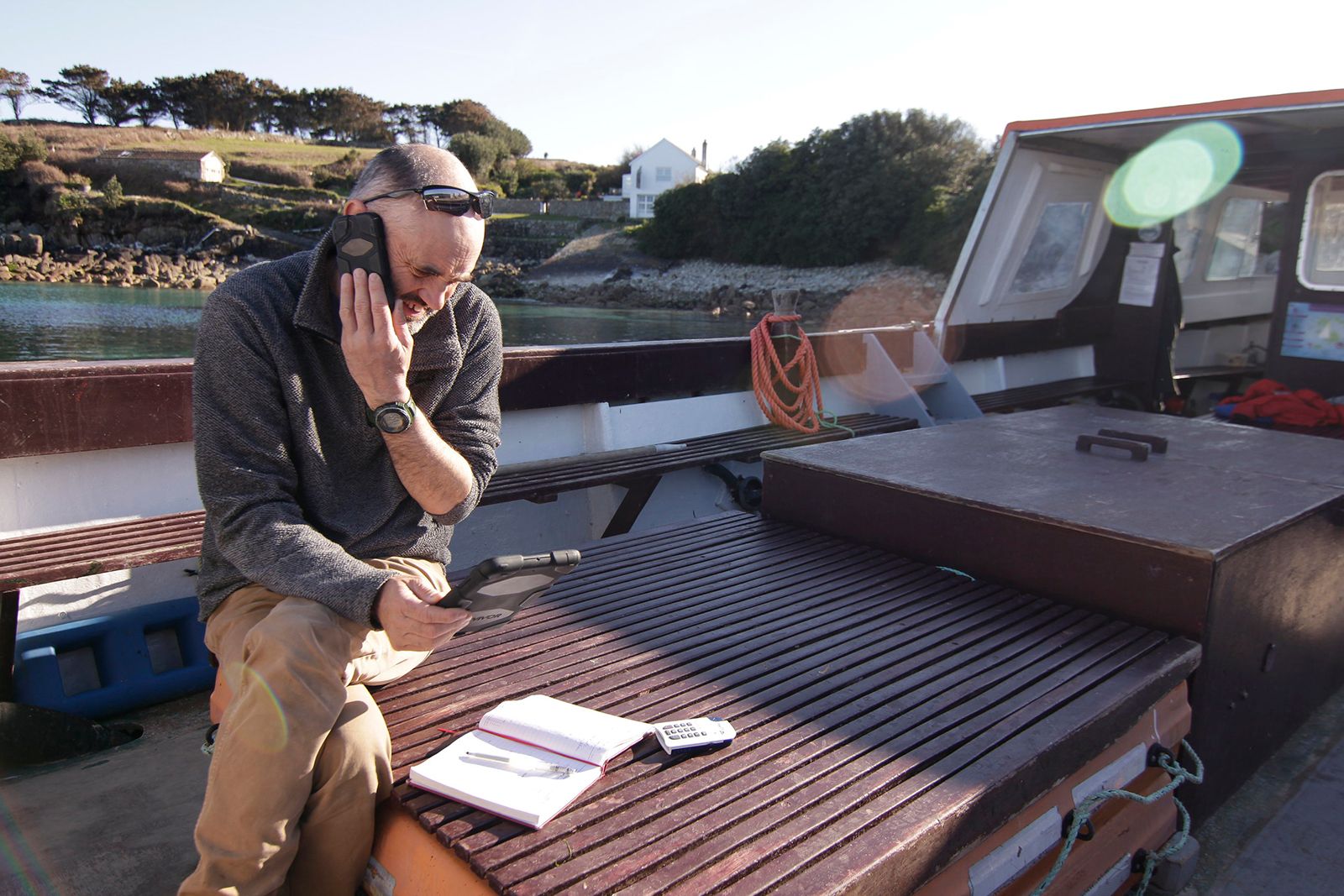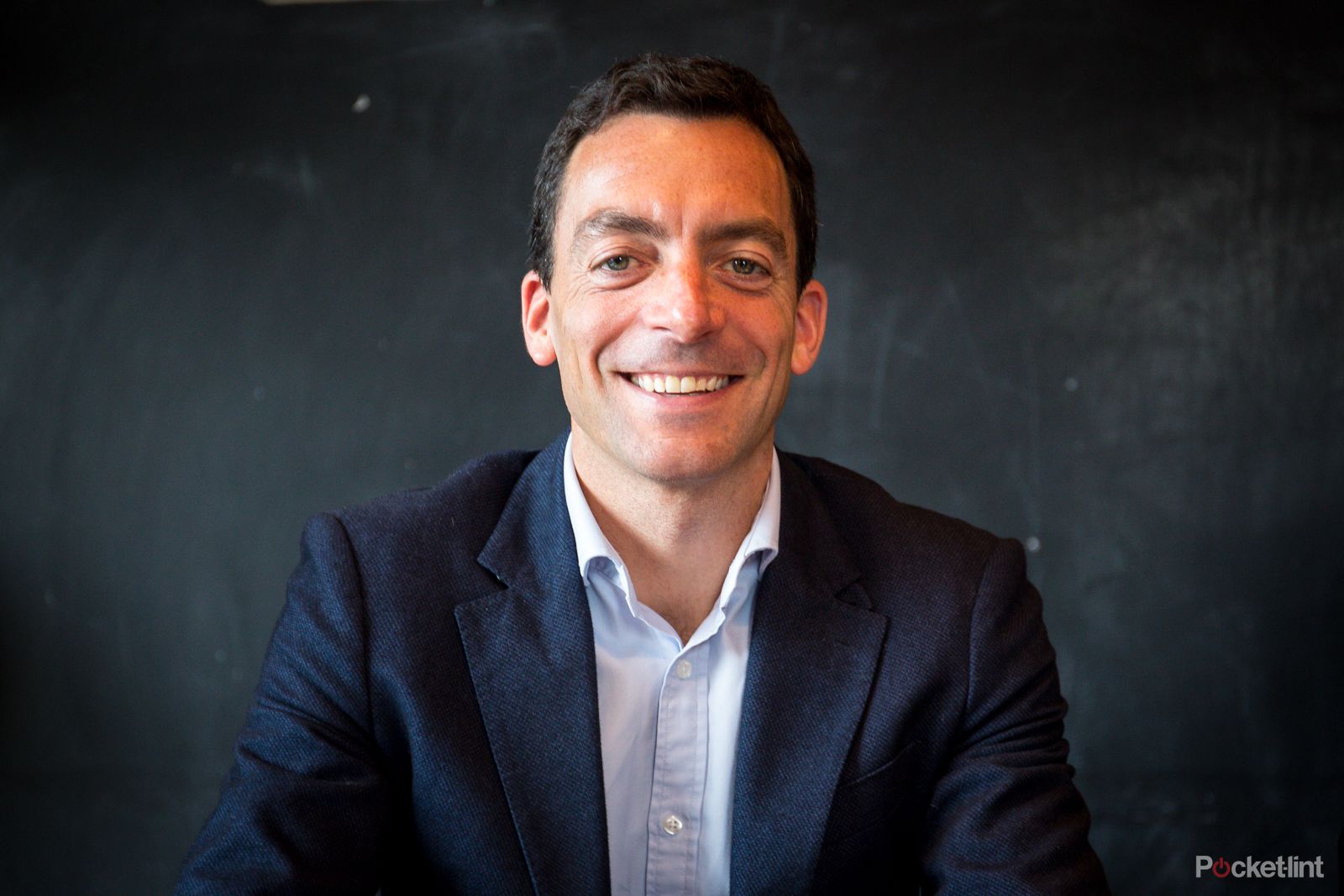EE has revealed that it is on track to cover 95 per cent of the UK landmass with 4G coverage by the end of the decade. That will represent an increase of 35 per cent in just four years.
The only places that will not be covered by 2020 are "where people cannot easily go".
Government targets agreed by EE and the other major mobile networks state that 90 per cent of UK landmass must have access to 2G voice calls by the end of 2017. EE aims to go "beyond what the Government wants" and also cover 92 per cent of the country's landmass with 4G by the end of next year.
What's more, the 100s of new sites will greatly improve the infrastructure for when 5G services are launched.
Landmass coverage is greater than population coverage, we were told by new EE CEO Marc Allera in a London briefing. People can move around and they want coverage wherever they travel. "We’re covering where our customers go. Not just where they live," he said.
READ: EE brings back customer services to UK and Ireland, better service promised
In addition, although Government guidelines stress that areas require 2G voice coverage, EE will also cover them with 4G for data, with VoLTE (voice over LTE) services employed to ensure customers can make calls in mobile network dead zones. This will dramatically improve services in rural areas, it is claimed.
The extra five per cent of the UK that will not be covered by EE's 4G service is "where people do not live or go", such as the Outer Hebrides. EE is looking at whether it is also feasible to cover these locations too as internet coverage might still be required for other reasons.
"Should we be covering places where people don’t go? The answer might be yes in time," revealed Allera.
Connected sheep or weather stations were two possible uses discussed.
"We have a long term ambition to have 100 per cent coverage," added Mansoor Hanif, EE's director of radio access networks. "Drones, satellites, balloons - there will be a way of covering these."
Two of the places to benefit first from the extended EE rollout are the Isle of Scilly and Shetland. All five of Scilly's islands have now been switched on and can receive superfast mobile broadband. Shetland's Mainland too, with the other islands in the area getting 4G by summer 2017.
"The hardest places to reach, where the population is sparse, is where they need it the most," said Allera.


